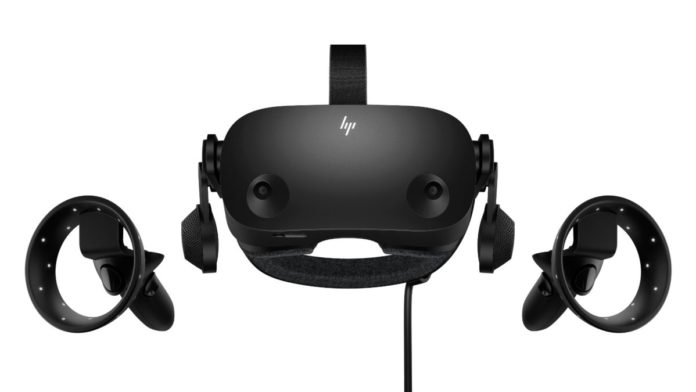
We thoroughly enjoyed our time with the original HP Reverb, despite some initial hiccups and a couple of dubious decisions about the controllers. The HP Reverb, launched back in 2019 for the Windows Mixed Reality platform, has an amazing 2160 x 2160 per eye resolution and a comfortable lightweight build, resulting in one of the most impressive PC VR headsets available to customers; if you could get your hands on it, that is.
HP has returned to the Windows Mixed Reality range this year with a recent addition, the HP Reverb G2. While not the most innovative headset on the market, in almost every way, the G2 improves on the original Reverb. That said, the headset features its fair share of restrictions. Here's our formal analysis of the "no compromise" VR headset from HP.
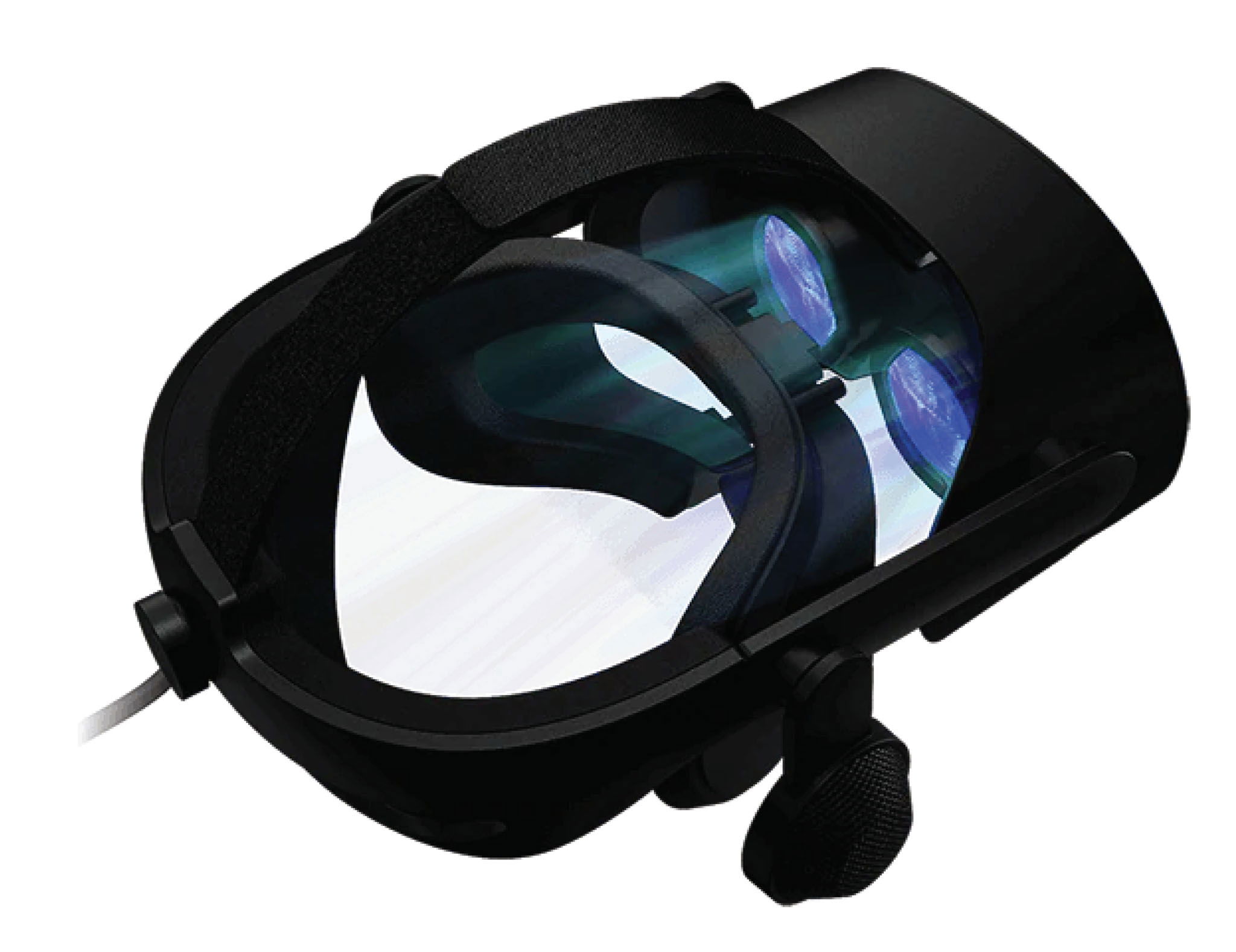
THE Design
Built in collaboration with Valve, the G2 has a stylish, all-black exterior identical to that of the Reverb 2019. The G2 does away with the charcoal fabric material in favor of an all-plastic front plate. Unlike the original, however. They also moved the cable port behind the mask to the top of the headset. Although this might sound uncomfortable, the G2 features a magnetic face mask that is simple to remove, making it a breeze to change masks and adjust the on-the-fly cable.
Although I expected the magnetic faceplate to have more of a negative impact with comfort, even during some of my more active sessions, I shocked at how safe the headset felt. Throughout research, the face plate stayed snug against my face, with little or no light leakage when worn properly. Although I thought it was unlikely, due to improved weight distribution, the G2 is more relaxed than the initial Reverb.
It is possible to extend an enormous amount of elastic straps placed on either side of the headset, allowing you to remove the headset without having manually adjust the straps. The G2 weights approximately 1.1 pounds less the cable, according to HP; a curious measurement considering the fact that the headset is useless unless tied to a VR-ready PC. The G2 provides 6 meters (approximately 19.6 feet) of cable, a generous length compared to other PC VR headsets. Speaking of tethering.
The G2 has the same built-in headphones featured on the Valve Index, and the option to plug in your own headphones through a normal 3.55MM port, much like the OG Reverb. I really, really enjoyed using the off-ear headphones that were built in. "They established the ideal middle ground between on-ear headphones such as those found on the HTC Vive Pro and built-in speakers such as the "piped" audio system of the Oculus Search.
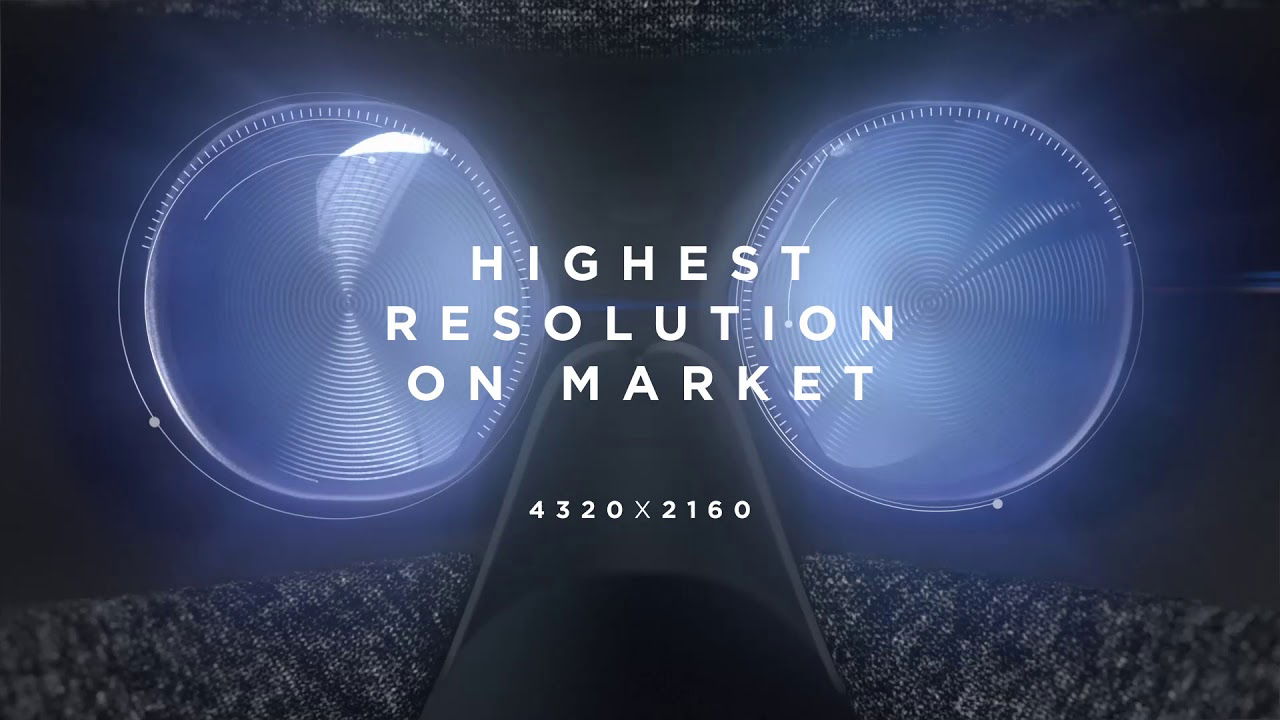
THE VISUES
Without the jaw-dropping graphics, it wouldn't be an HP Reverb headset. The dreaded screen-door effect eliminated by 2,160 to 2,160 per-eye resolution, providing crystal-clear optics that leave even high-end PC VR headsets such as the Valve Index in the dust. Highly detailed encounters are almost distracting, such as Half-Life: Alyx and The Walking Dead: Saints & Sinners look so amazing on the G2. I couldn't help but check every texture and object in-game carefully for minor details, some that would be difficult to see on other VR headsets.
That said, the G2 has a lower field of view (114 degrees) than the Valve Index (130-degrees). Although this is not per se a deal-breaker, I hoped for some changes to the FOV of the initial Reverb.
Interestingly enough, as opposed to the automated software-based solution used in the original, HP went with a physical IPD slider for the G2. Although my experience of the original Reverb marred by random visual stutters and flickering, while testing the G2, I experienced zero inconsistencies.
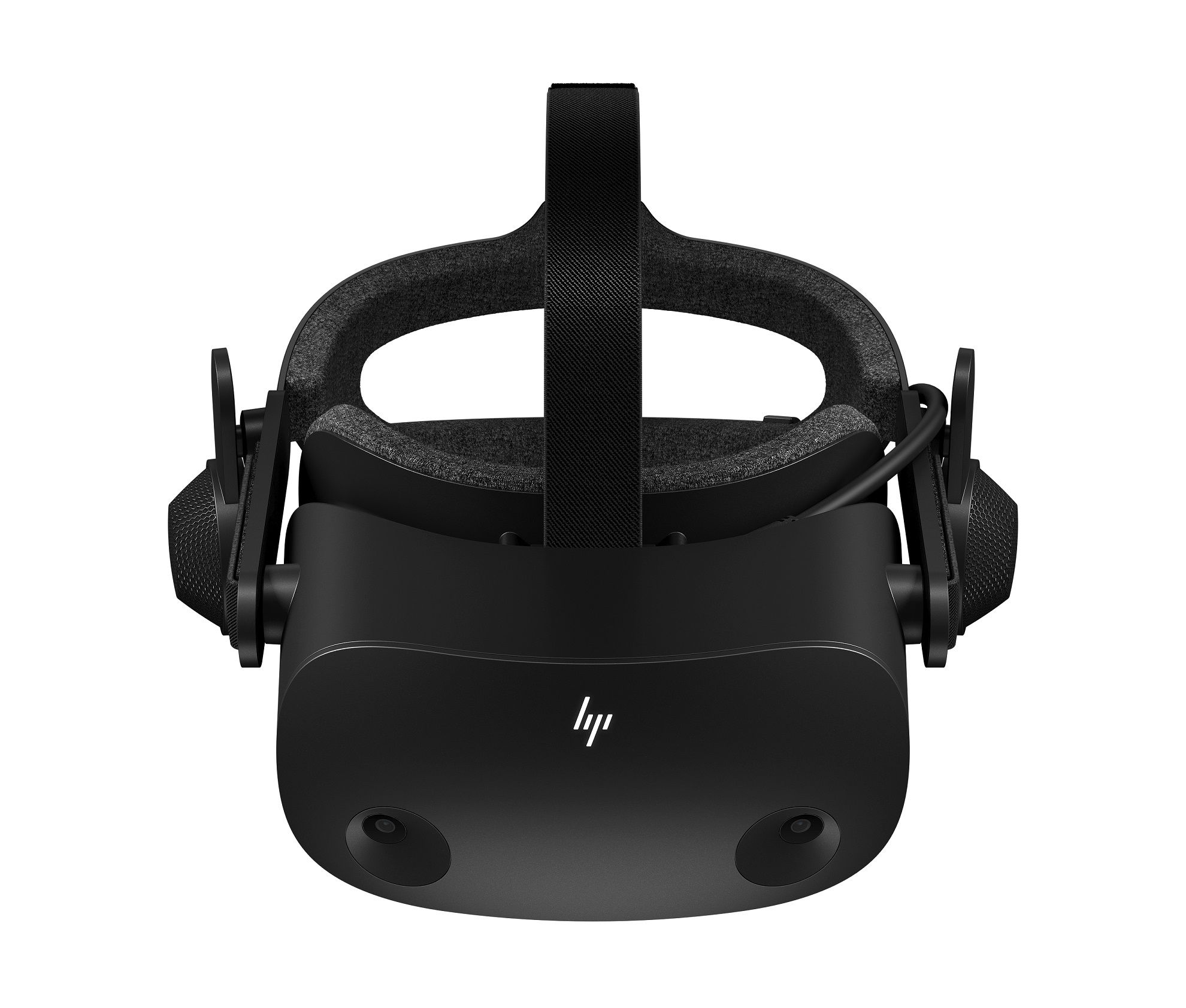
THE EXPERIENCE
Breaking from the tradition of Windows Mixed Reality, the HP Reverb G2 has four onboard cameras, two more than the original Reverb. These extra side-facing cameras used to enhance the inside-out tracking of the headsets. Although I encountered a few inconsistencies during my more active sessions for monitoring controlled movement, the additional cameras do an excellent job.
The G2 comes integrated with the WMR platform as Windows Mixed Reality headset, giving you a large range of games and applications to explore. Your journey starts in the customizable home space of Microsoft, Cliff House, a quiet beachfront property where games and apps can accessed, 3D furniture repositioned, and additional content purchased from the Microsoft Store. Let's be frank though, you're not taking up this platform headset. The G2 is compatible with Steam VR, just like the original Reverb, giving you access to a huge list of AAA games and applications.
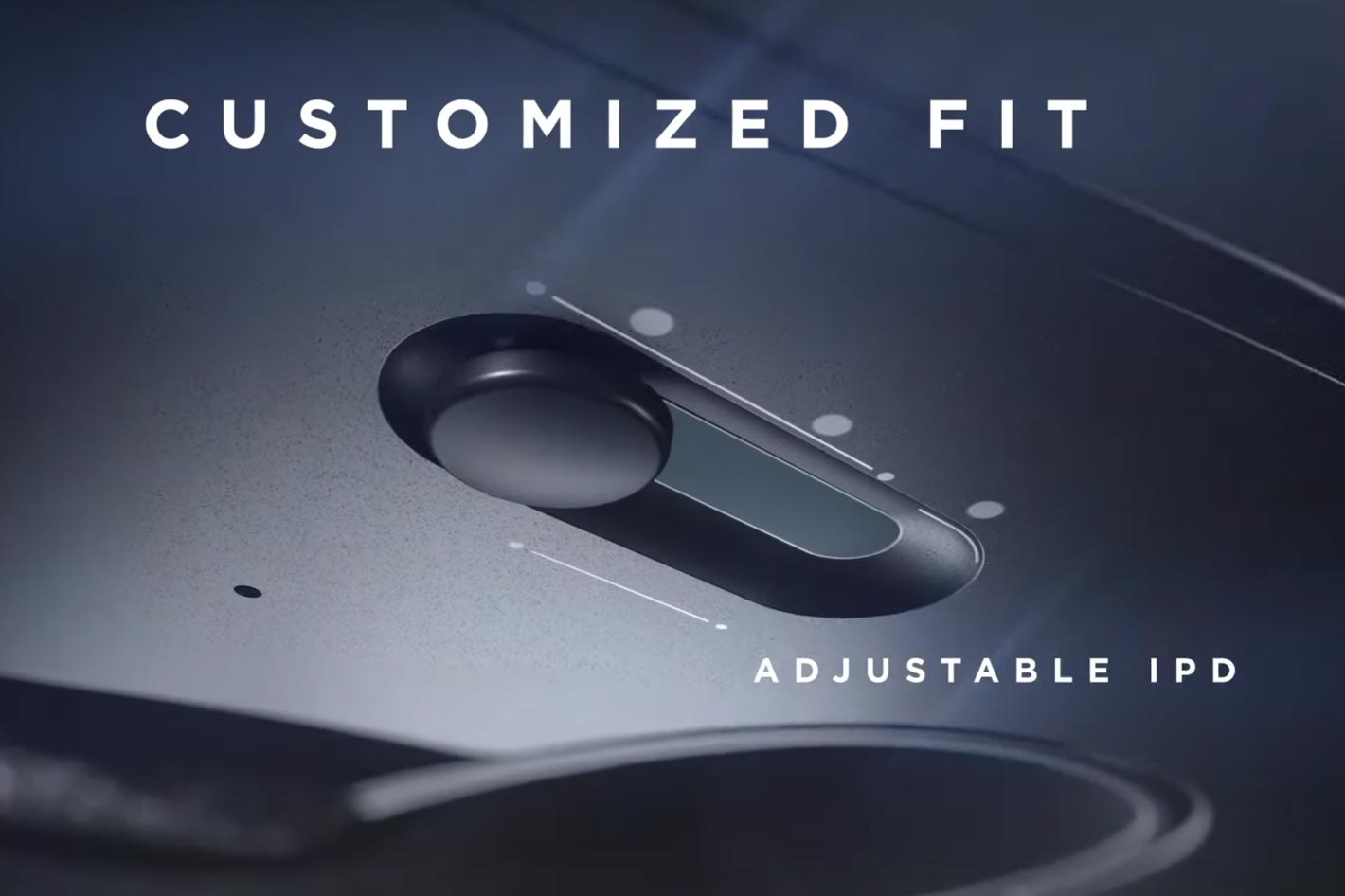
THE CHARGERS
Ah yes, the controllers for Windows Mixed Reality. What can I tell about those controllers that haven't listed before? Simply put, the least desirable dual motion controllers on the market are these. These controllers are just plain wonky, from the shape to the scale to the weight distribution. The halo-style ring still continues to be a nuisance; during unique experiences, I constantly smacked them together and against the headset itself.
That being said, there are some minor ergonomic updates to the G2 controllers, but not enough to result in any significant comfort changes. However, the extra side-facing cameras result in better tracking of the controller; a slight, but noticeable problem with the original Reverb.
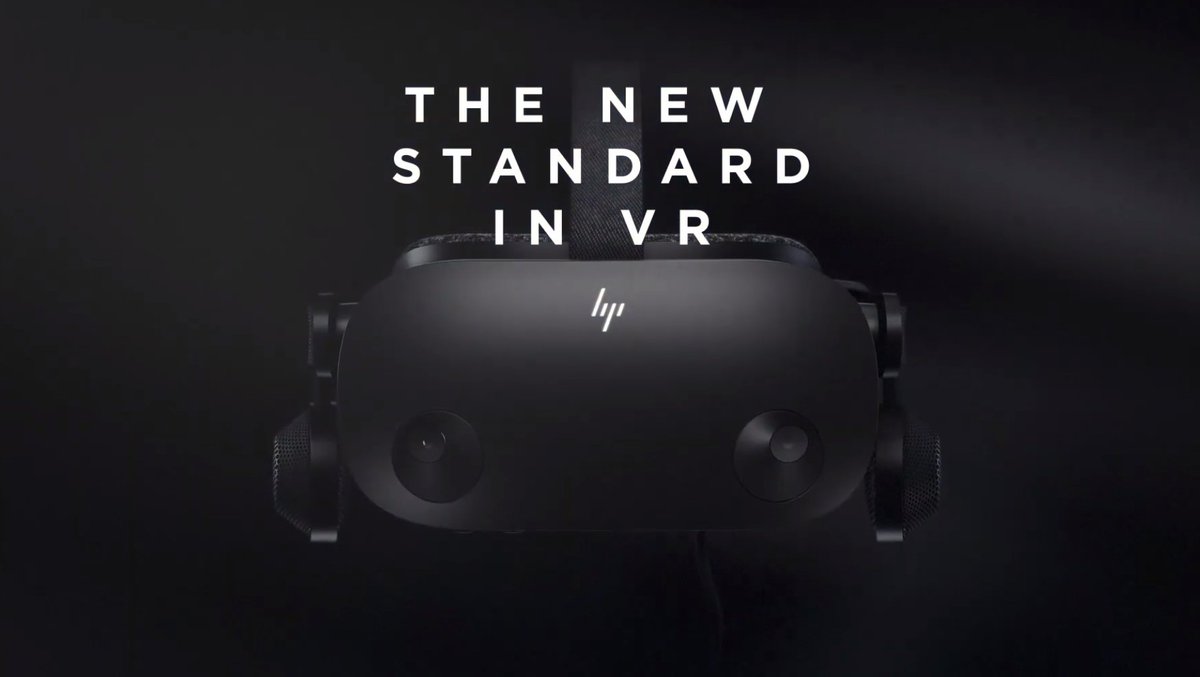
A VERDICT
At $599, one of the most desirable VR headsets currently available to consumers is the HP Reverb G2. For those looking for high-quality immersive experiences, not to mention the lightweight nature and Steam VR compatibility, the 2,160-2,160 per-eye resolution alone makes this a winning option.
The HP Reverb G2 would probably want to be checked out by those looking for a cost-effective entry to the PC VR ecosystem. This is one of the most popular Mixed Reality Windows headsets currently available.
It can also buy the product at:


